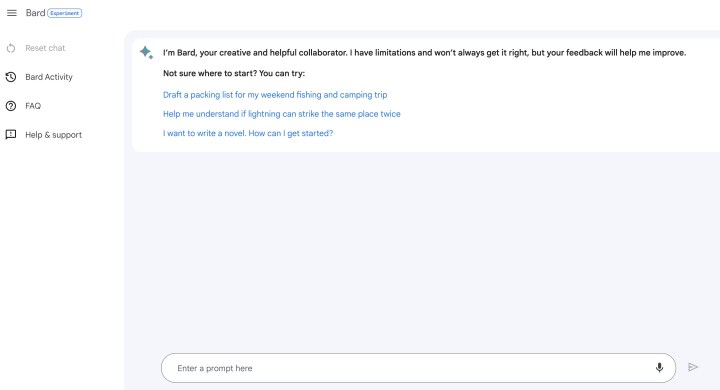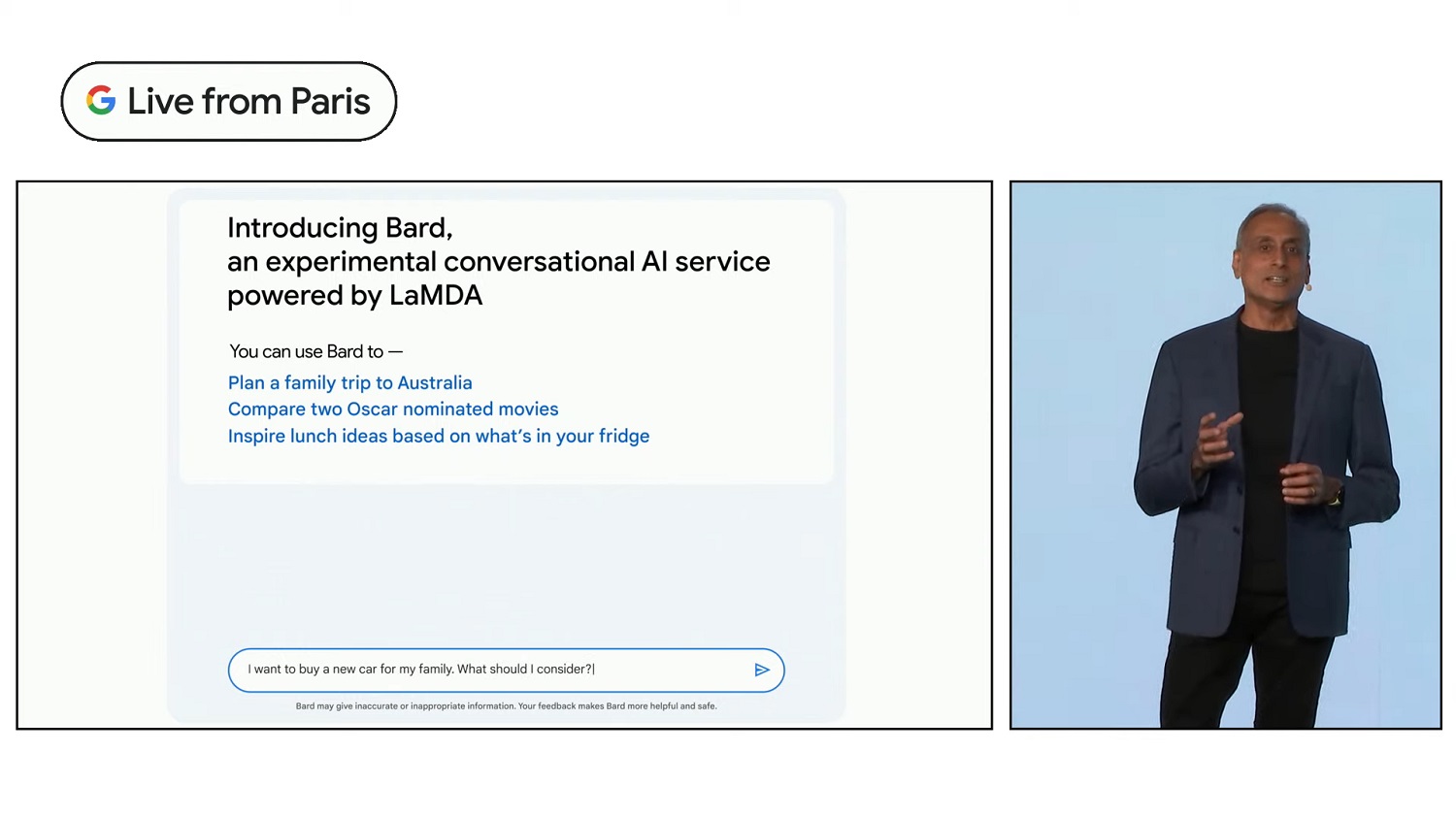Google Bard is a new chatbot tool launched in the wake of all the buzz around generative AI, inspired by the likes of ChatGPT. Bard is designed to simulate conversations with a human and uses a combination of natural language processing and machine learning, to provide realistic, and helpful responses to questions you might ask it.
In theory, Bard may one day be integrated into websites, message platforms, applications on desktop and mobile, and a range of digital systems. Google’s roll-out has been troubled from the get-go, but it’s slowly opening up access to more and more people.
What is Google Bard?

Google Bard is Google’s answer to ChatGPT. It’s an AI chatbot with many of the same functions that could theoretically eventually augment Google’s own search tools (much the way Bing Chat is now using GPT-4), as well as provide automated support and human-like interaction for businesses. As of now, though, it’s a separate product from Search.
It has been under development for some years and uses LaMDA (Language Model for Dialogue Applications) technology. It’s built on top of Google’s Transformer neural network architecture, which was also the basis for other AI generative tools, like ChatGPT’s GPT-3.5 language model.
It’s not Google’s first work on AI, though the company seems to have been beaten to the punch by ChatGPT and OpenAI.
A recent report, however, indicated that Bard was trained using ChatGPT data without permission. Google has denied this accusation, though CEO Sundar Pichai has stated that Bard will soon get updated to be more competitive with ChatGPT, calling it a “souped-up Civic compared to ChatGPT.” Pichai initially accelerated the development of Google Bard in early 2022 following signs of ChatGPT’s successful development. That is only likely to have continued apace with the continued positive press coverage ChatGPT has received in 2023.
How to use Google Bard

Google has slowly been rolling out access to Bard to people in the U.K. and the U.S., currently allowing people to join the Google Bard waitlist at bard.google.com. You can skip to the front of that list if you’re a customer of Google One or are part of the “Pixel Superfan” group.
We had a chance to test out Google Bard ourselves. It’s an impressive service, even if there are still some clear rough edges. The biggest hurdle right now is that Bard will only respond to certain prompts, so you’ll often have to ask it multiple times to generate code, translate languages, and many of the other functions it can perform outside of generating text.
Google Bard vs. ChatGPT
Both Google Bard and ChatGPT use natural language models and machine learning to create their chatbots, but each has a different set of features. At the time of writing, ChatGPT is entirely based on data that was mostly collected up until 2021, whereas Google Bard has the potential to use up-to-date information for its responses.
ChatGPT has a major focus on conversational questions and answers, but it is now used in Bing’s search results, too, to answer more conversational searches. Google Bard may be used in the same way, but to augment Google exclusively. It currently exists as a separate product, though, unlike Bing Chat.
Both chatbots are based on slightly different language models. Google Bard uses LaMDA, while ChatGPT is built on GPT-3.5 (Generative Pre-trained Transformer). Overall, by Google’s own admission, ChatGPT has greater potential to answer more questions in natural language at the moment. It also includes a plagiarism detector (though it hasn’t exactly solved plagiarism), which Google Bard currently does not.
Meanwhile, ChatGPT is also readily available to try out if you want, whereas Google Bard is limited to beta testers only. GPT-4 has already rolled out for ChatGPT Plus too, which greatly expands the capabilities of ChatGPT.
What question did Google Bard get wrong?
Showcased for the first time on February 6, 2023, Google Bard was off to a rocky start, as in its preview demonstration, Google Bard made a mistake in answering a question about the James Webb Space Telescope’s recent discoveries. It claimed that it had been the first to take a picture of an exoplanet outside of our solar system, but in fact, that happened many years earlier.
That Google Bard displayed this erroneous information with such confidence caused heavy criticism of the tool, drawing comparisons with some of ChatGPT’s weaknesses. Google’s stock price fell several points in response.
When will Google Bard be available?
Google Bard is already available through a waitlist, but it’s hard to say how long it will take until it’s available for everyone to try. There has been no hard timeline given for its wider rollout.
However, in his address on the launch of Google Bard, Sundar Pichai claimed that we would soon see Google Bard leveraged to enhance Google Search, so we may see Bard more readily available in the near future.

